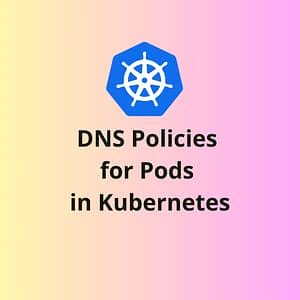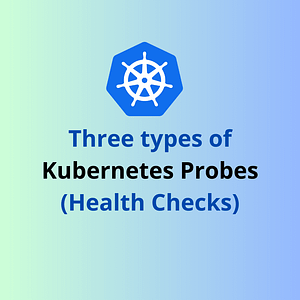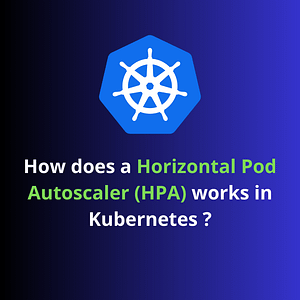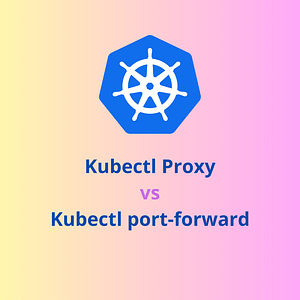Introduction
❓You might have used Persistent Volumes in Kubernetes but have you heard of “Projected Volumes”?
In this post, we will be learning about the Projected Volumes and how it is used in the Kubernetes clusters.
What are “Projected Volumes”?
👉 A Projected Volume maps several existing volume sources such as Secrets, configmaps etc into the same directory.
👉 All volume sources must be present in the same namespace as the Pod.
👉 A container using a projected volume source as a subPath volume mount will not receive updates for those volume sources.
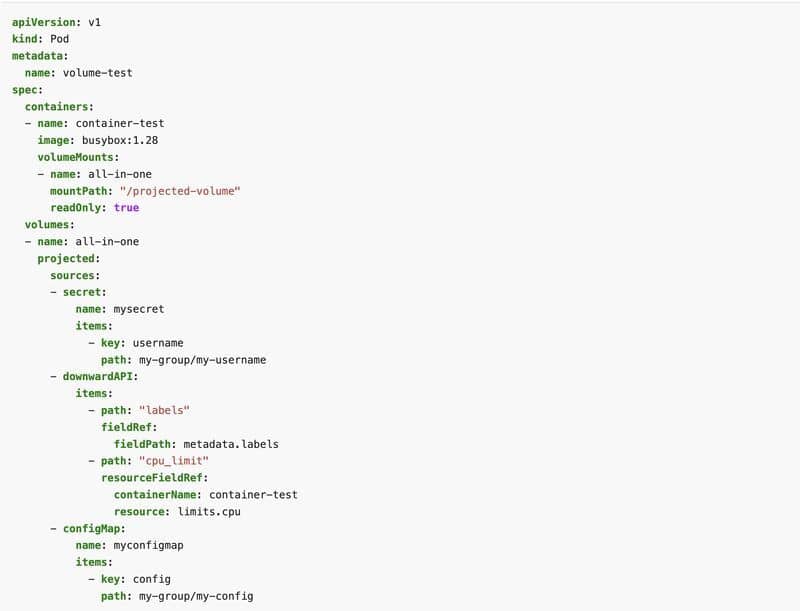
Volume sources supported by Projected Volumes
👉 As of now, Projected volumes in Kubernetes supports following types of volume sources :
1️⃣ secret
👉 You can put the secrets at a specified path in the directory specified for the projected volume.
2️⃣ downwardAPI
👉 A downwardAPI volume makes downward API data available to applications. Within the volume, you can find the exposed data as read-only files in plain text format.
👉 A container using the downward API as a subPath volume mount does not receive updates when field values change.
👉 Using Projected volumes for downwardAPI will receive updates.
3️⃣ configMap
👉 A ConfigMap provides a way to inject configuration data into pods.
👉 The data stored in a ConfigMap can be referenced in a volume of type configMap and then consumed by containerized applications running in a pod.
4️⃣ serviceAccountToken
👉 You can inject the token for the current service account into a Pod at a specified path.
👉 Containers in this Pod can use that token to access the Kubernetes API server, authenticating with the identity of the pod’s ServiceAccount.

